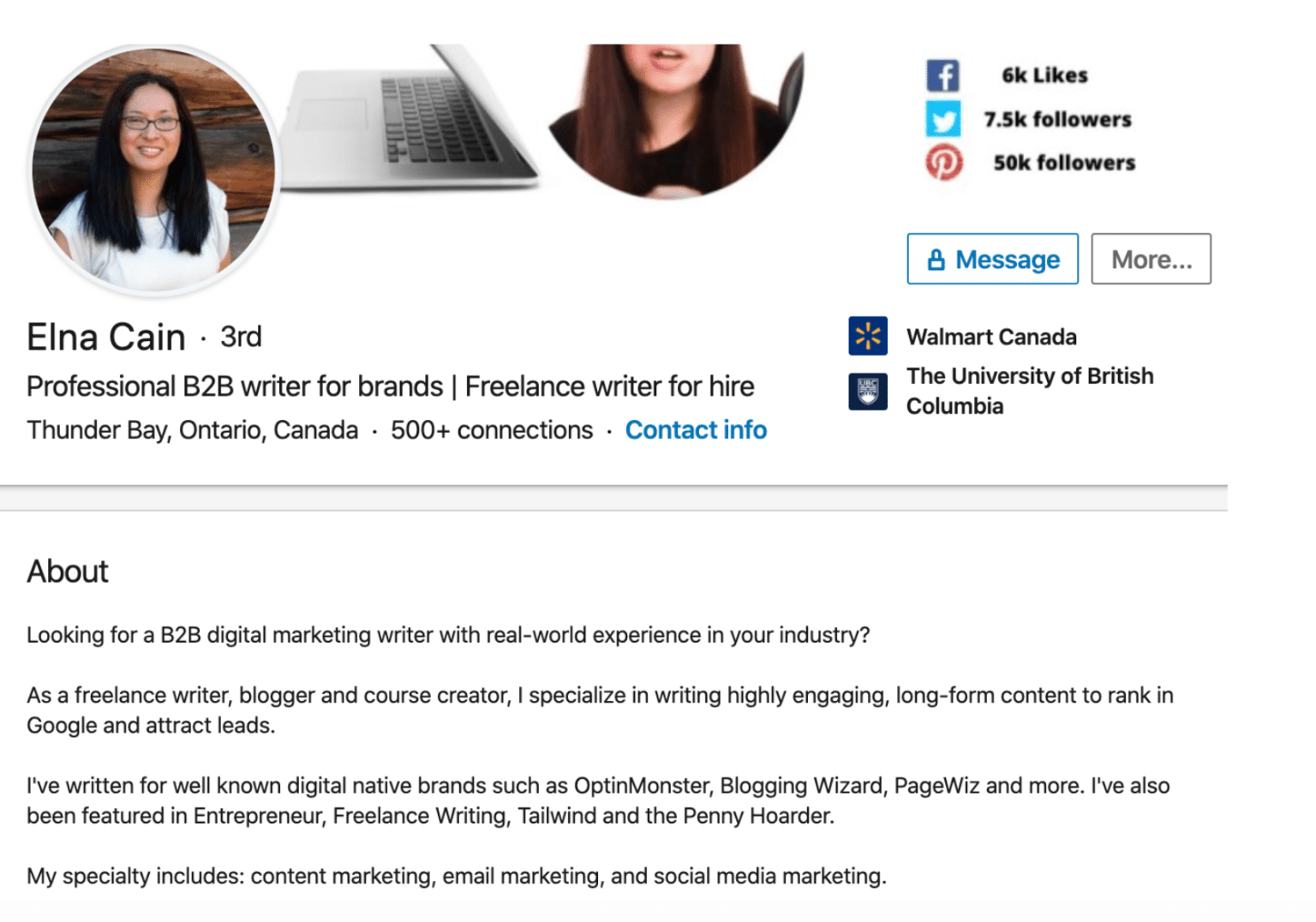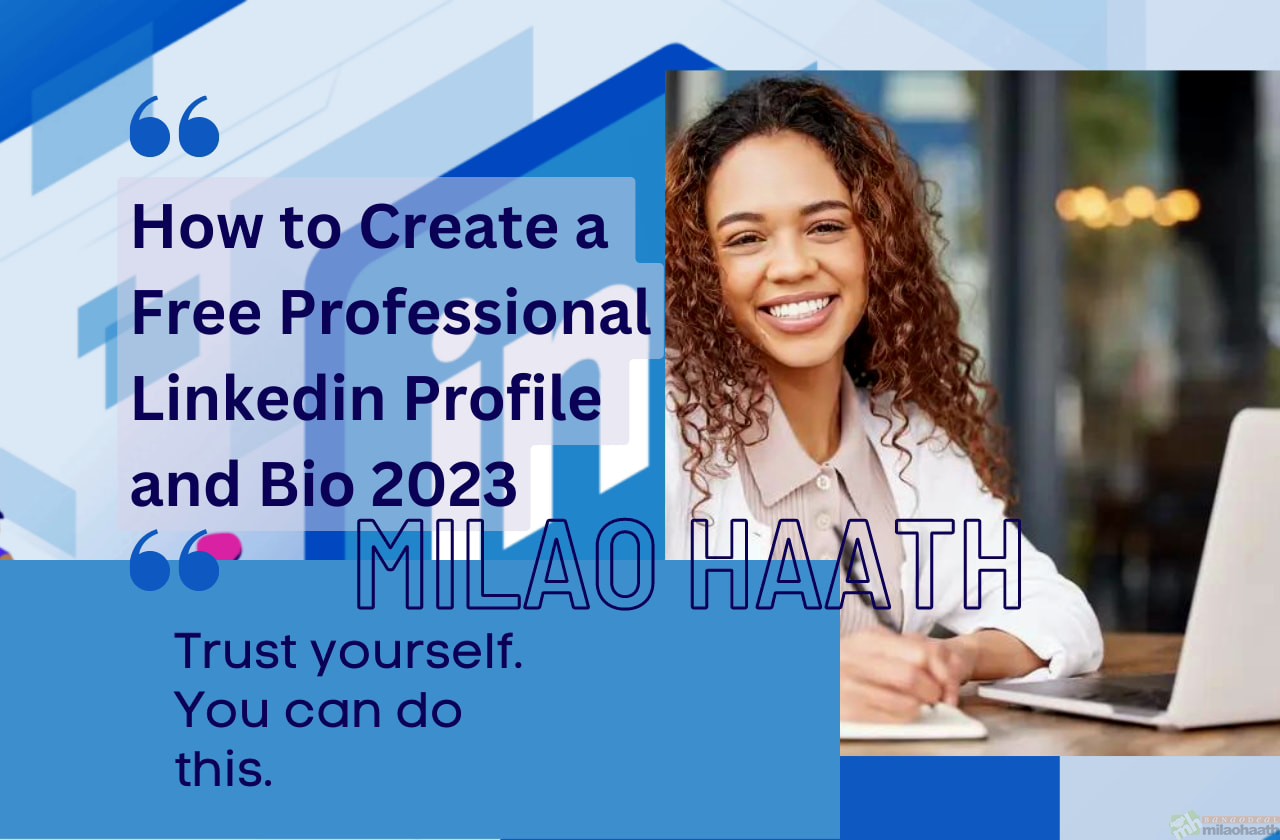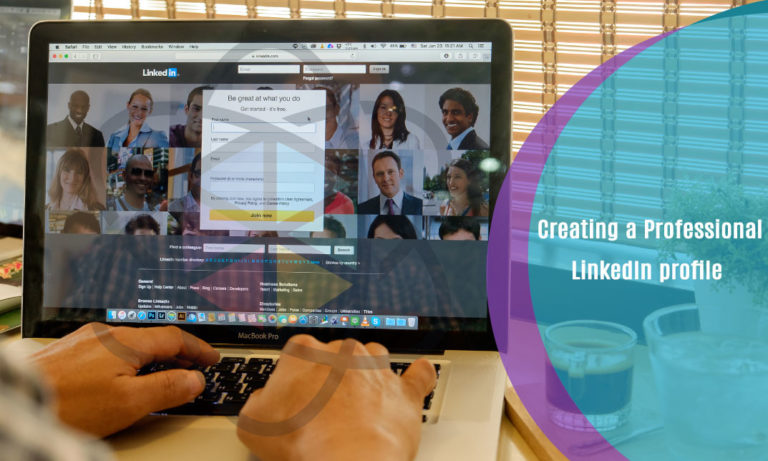When it comes to crafting professional identities in the digital age, LinkedIn stands out as a powerful platform. For minors, creating a captivating LinkedIn profile can serve as a foundation for future opportunities. Whether you’re a teenager seeking internships or skills development, this guide will help you navigate the world of
Understanding LinkedIn's Age Policy

Before setting up a LinkedIn profile for a minor, it's important to be aware of LinkedIn's age policy, which plays a crucial role in defining who can join the platform. Here’s a breakdown of what you need to know:
- Minimum Age Requirement: LinkedIn requires users to be at least 16 years old to create a personal account. This regulation is in place to protect minors and ensure that users are of an appropriate age to engage in professional networking.
- Permissions: If you’re under 16, you can still gain exposure to LinkedIn by having your profile set up under the guidance of a parent or guardian. This can help young individuals understand the importance of building a professional online presence before they reach the minimum age.
- Safety Measures: Safety is a priority, and LinkedIn is dedicated to creating a secure environment. Profiles created by minors will often have enhanced privacy settings to prevent unwanted contact or exposure to harmful content.
- School Use: Some schools encourage students under 16 to use LinkedIn for educational and career exploration purposes, emphasizing guided exploration as part of classroom activities.
In summary, understanding LinkedIn's age policy helps ensure that minors approach the platform responsibly and safely, which in turn fosters a more constructive experience as they begin building their professional profiles.
Benefits of LinkedIn for Minors

So, you might be wondering, why should minors even consider using LinkedIn? Well, let me tell you, there’s a treasure trove of benefits just waiting to be unlocked! Here are some key benefits of LinkedIn for younger users:
- Professional Networking: LinkedIn is all about connections! By joining, minors can start building a network of teachers, mentors, family friends, and potential employers early on. This network can be invaluable when they begin looking for internships or jobs.
- Skill Development: Minors can showcase any skills they’ve developed—be it proficiency in a computer language, artistic talents, or sports achievements. This not only helps them highlight their strengths but also encourages them to learn and grow.
- Career Exploration: With LinkedIn, teens have access to a wealth of articles, posts, and group discussions about various professions. This could spark an interest in a field they hadn’t considered before.
- Portfolio Creation: LinkedIn allows users to display their work in a visually appealing way. Whether it’s a science project, artwork, or a video showcase, having a centralized place to display achievements can impress future employers.
- Educational Opportunities: Many institutions and organizations post resources and scholarships on LinkedIn. Being connected means minors can find and apply for these opportunities more easily.
In essence, setting up a LinkedIn profile as a minor can pave the way for numerous opportunities. It’s like planting a seed that will grow into a robust career tree in the years to come!
Step-by-Step Guide to Creating a LinkedIn Profile

Creating a LinkedIn profile might seem daunting, especially for minors, but don’t worry! I’ve got a handy step-by-step guide that will make this process smooth and straightforward.
- Sign Up: Head over to the LinkedIn site and sign up for a new account. Make sure to use an email address that you check regularly!
- Choose a Professional Photo: Pick a clear, well-lit image of yourself. A simple headshot works best—you want to come across as approachable and professional.
- Create a Strong Headline: Your headline should encompass who you are! Think about what you’re passionate about, such as "High School Student | Aspiring Artist | Passionate about Environmental Science."
- Write a Compelling Summary: This is your chance to tell your story. Share your interests, achievements, and future aspirations in a friendly tone. Keep it concise and genuine!
- Add Educational Details: List your school, any special programs, clubs, or extracurricular activities. Highlighting these can show your involvement and enthusiasm.
- Showcase Skills: Highlight any skills you possess, whether soft skills like teamwork or hard skills like coding. Feel free to ask parents or teachers for input here!
- Connect with People: Start sending connection requests to people you know. This could include classmates, teachers, and family friends to build your network.
- Engage: Like, comment on, and share relevant content. This helps you stay active in your network and shows that you’re interested in learning and growing.
- Request Recommendations: Ask teachers or mentors if they would provide a recommendation. This can add credibility to your profile.
And voila! You've got your very own professional LinkedIn profile up and running. Just remember, keep it updated and use it as a tool to explore your interests and potential career paths!
Tips for Building a Strong Profile
Building a strong LinkedIn profile as a minor may seem daunting at first, but with the right approach, it can be an incredibly rewarding experience. Here are some helpful tips to get started:
- Choose the Right Profile Picture: Use a clear, recent headshot that reflects a professional look. Natural lighting and a neutral background can make a significant difference.
- Write a Compelling Headline: Your headline doesn’t just have to be your current position. Consider mentioning your aspirations, skills, or areas of interest. For example, "Aspiring Graphic Designer with a Passion for Digital Art."
- Craft a Well-Written Summary: This is your chance to tell your story! Talk about your passions, school projects, extracurricular activities, and any volunteer work. Here’s a quick template to consider:
- Showcase Achievements: Don’t be shy! Include any awards, certifications, or accomplishments, even if they’re school-related. They all count!
- Connect with Others: Start building your network by connecting with classmates, teachers, and family friends. Be sincere in your invitations!
| Section | Content |
|---|---|
| Introduction | Your name and what you are currently doing (school, activities). |
| Interests | What subjects do you love? What are your aspirations? |
| Skills | Highlight any specific skills you have developed, like coding, writing, or even teamwork! |
Safety and Privacy Considerations
When creating a LinkedIn profile, especially as a minor, safety and privacy should always be top priorities. Here are some essential considerations to keep in mind:
- Limit Personal Information: Avoid sharing sensitive details such as your home address, phone number, or any identifiers that could compromise your safety.
- Profile Visibility Settings: Adjust your LinkedIn settings to control who can see your profile. You can choose to have it visible only to your connections or a more limited audience.
- Think Before You Share: Before posting anything, ask yourself if it’s something you’re comfortable having potential employers or friends see. It’s always better to err on the side of caution.
- Educate Yourself on Scams: Be aware of common LinkedIn scams. Don’t engage with profiles that seem suspicious or request personal information.
- Talk to Your Parents: Open a dialogue with your parents or guardians about your LinkedIn profile. They can provide guidance and even help monitor your activity.
By following these tips and considerations, minors can harness the power of LinkedIn while keeping their personal safety a priority. Building a profile that reflects both professional aspirations and safe practices is an invaluable skill for the future!
Creating Professional LinkedIn Profiles for Minors
In today’s digital age, having a strong online presence is essential, even for minors. LinkedIn, a professional networking platform, offers a great opportunity for young individuals to showcase their talents, connect with industry professionals, and explore career paths. Here’s a guide to help minors create a professional LinkedIn profile that stands out.
1. Choosing the Right Profile Picture
Your profile picture is your first impression. Make sure to:
- Use a clear, high-quality image
- Dress appropriately, as you would for a job interview
- Smile and maintain a friendly demeanor
2. Crafting an Engaging Headline
Your headline should reflect your current status and aspirations. Consider including:
- School or educational status
- Career aspirations
- Key skills you possess
3. Writing a Compelling Summary
In the summary section, minors should focus on:
- Academic achievements and interests
- Extracurricular activities and volunteer work
- Future career goals and aspirations
4. Adding Relevant Experiences
List any internships, volunteer work, or part-time jobs. If you don’t have any formal experience, consider including:
- School projects
- Certifications
- Clubs and extracurricular activities
5. Connecting with Others
Encourage minors to connect with:
- Teachers and mentors
- School peers
- Industry professionals they meet at networking events
Creating a professional LinkedIn profile as a minor can open doors to early career opportunities and help build essential networking skills.
In conclusion, a well-crafted LinkedIn profile not only serves as a digital resume but also sets the foundation for future career growth and professional relationships, making it essential for minors to establish their presence on the platform thoughtfully.










